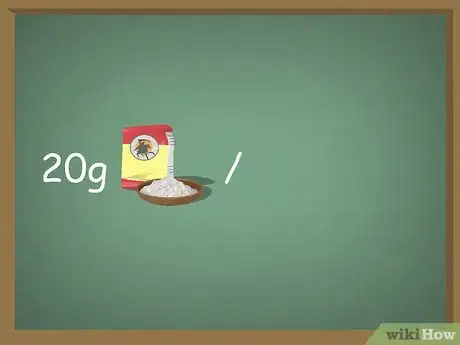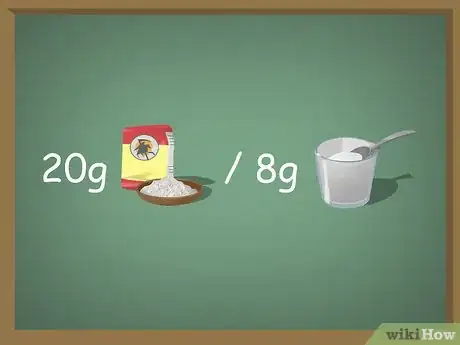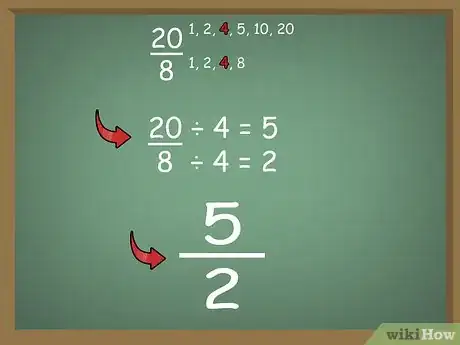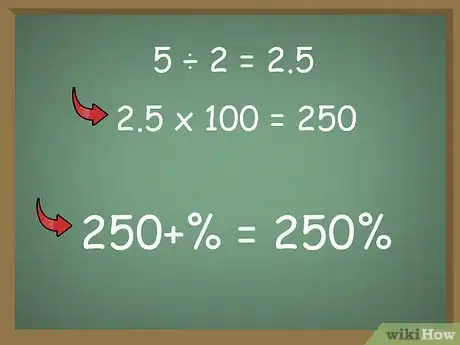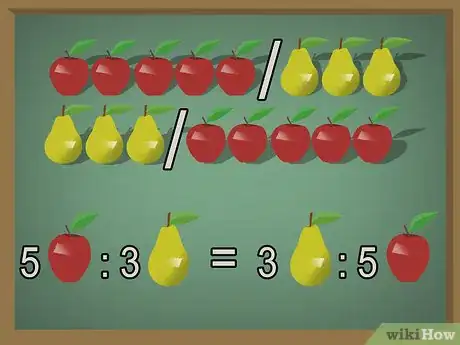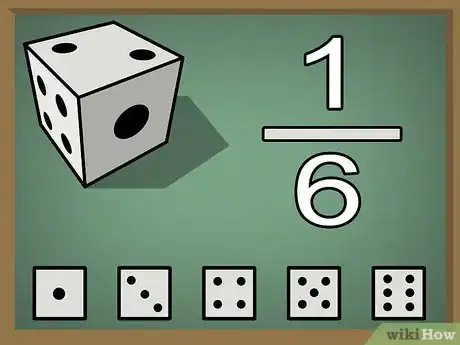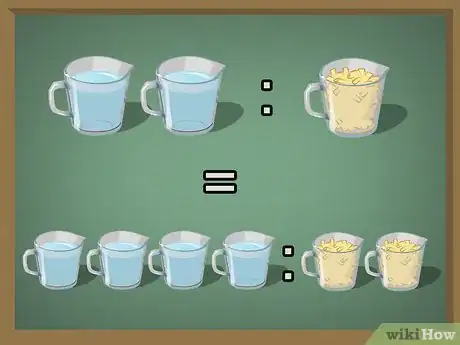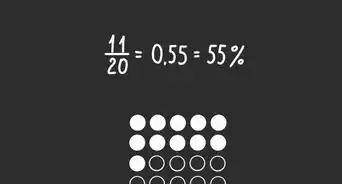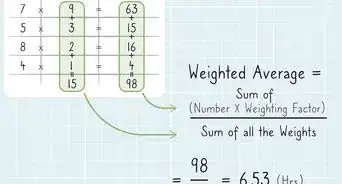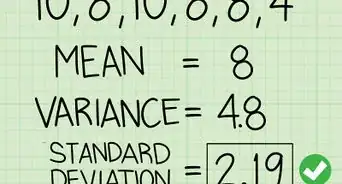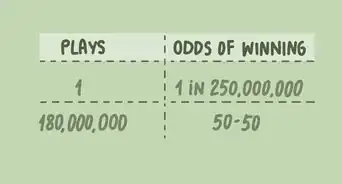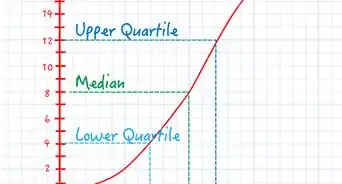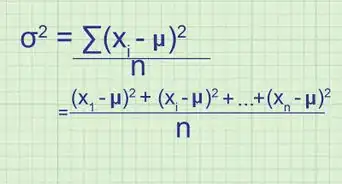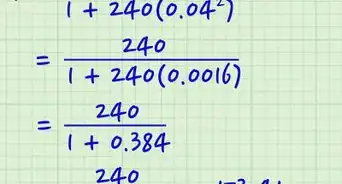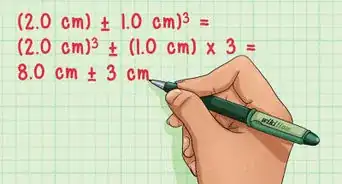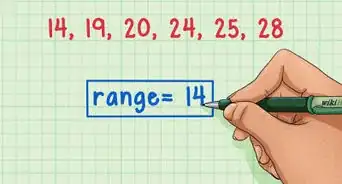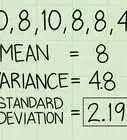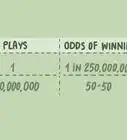This article was co-authored by Grace Imson, MA. Grace Imson is a math teacher with over 40 years of teaching experience. Grace is currently a math instructor at the City College of San Francisco and was previously in the Math Department at Saint Louis University. She has taught math at the elementary, middle, high school, and college levels. She has an MA in Education, specializing in Administration and Supervision from Saint Louis University.
There are 7 references cited in this article, which can be found at the bottom of the page.
This article has been viewed 276,013 times.
A ratio shows how much of one thing there is compared to a second thing. For example, if the ratio of apples to oranges is 3:1, there are 3 apples for every 1 orange. Knowing how to make a ratio can help you understand many different concepts, such as how much to increase the measurements in a recipe if you're doubling the portion size, or how many snacks you'll need to provide for a certain amount of guests. If you want to know how to make a ratio, just follow these steps.
Steps
Forming Your Ratio
-
1Use a symbol to denote the ratio. To indicate that you're using a ratio, you can use the division sign ( / ), a colon ( : ), or the word to. For example, if you wanted to say, "For every five men at the party, there are three women," then you could use any of the three symbols to state this. Here's how you would do it:[1]
- 5 men / 3 women
- 5 men : 3 women
- 5 men to 3 women
-
2Write the first given quantity to the left of the symbol. Write down the quantity of the first item before the symbol of your choice. You should also remember to state the units, or the number you're working with, whether it's men or women, chickens or goats, or miles or inches.
- Example: 20 g of flour
Advertisement -
3Write the second given quantity to the right of the symbol. After you've written the first given quantity followed by the symbol, you should write the second given quantity, along with its units.
- Example: 20 g of flour/ 8g of sugar
-
4Simplify your ratio (optional). You may want to simplify your ratio to do something like scale down a recipe. If you're using 20 g of flour for a recipe, then you know you'll need 8 g of sugar, and you're done. But if you'd like to scale down the ratio as much as possible, then you'll need to simplify it by writing the ratio in its lowest possible terms. You should use the same process as you would use to simplify a fraction. To do this, you have to find the GCF, or the greatest common factor, of both quantities, and then see how many times that number fits into each given quantity.[2]
- To find the GCF of 20 and 8, write down all of the factors of both numbers (the numbers that can multiply to make those numbers and thus can be evenly divided into those numbers) and find the largest number that is evenly divisible into both. Here's how you do it:
- 20: 1, 2, 4, 5, 10, 20
- 8: 1, 2, 4, 8
- 4 is the GCF of 20 and 8 -- it's the largest number that evenly divides into both numbers. To get your simplified ratio, simply divide both numbers by 4:
- 20/4 = 5
- 8/4 = 2
- Your new ratio is 5 g flour/ 2 g sugar.
- To find the GCF of 20 and 8, write down all of the factors of both numbers (the numbers that can multiply to make those numbers and thus can be evenly divided into those numbers) and find the largest number that is evenly divisible into both. Here's how you do it:
-
5Turn the ratio into a percentage (optional). If you'd like to turn the ratio into a percentage, you just have to complete the following steps:[3]
- Divide the first number by the second number. Ex: 5/2 = 2.5.
- Multiply the result by 100. Ex: 2.5 * 100 = 250.
- Add a percentage sign. 250 + % = 250%.
- This indicates that for every 1 unit of sugar, there is 2.5 units of flour; it also means that there is 250% as much flour as there is sugar.
Additional Information About Ratios
-
1The order of the quantities doesn't matter. The ratio simply represents the relationship between two quantities. "5 apples to 3 pears" is the same as "3 pears to 5 apples." Therefore, 5 apples/ 3 pears = 3 pears/ 5 apples.[4]
-
2A ratio can also be used to describe probability. For example, the probability of rolling a 2 on a die is 1/6, or one out of six. Note: if you're using a ratio to denote probability, then the order of quantities does matter.[5]
-
3You can scale a ratio up as well as down. Though you may be used to simplifying numbers whenever you can, it can benefit you to scale a ratio up. For example, if you know that you'll need 2 cups of water for every 1 cup of pasta you boil (2 cups water/1 cup pasta), but you want to boil 2 cups of pasta, then you'll need to scale up the ratio to know how much water to use. To scale up a ratio, simply multiply the top and bottom by the same number.[6]
- 2 cups water/ 1 cup pasta * 2/ 2 = 4 cups water/ 2 cups pasta. You'll need 4 cups of water to boil 2 cups of pasta.
Community Q&A
-
QuestionCan you help me solve this ratio: 200 to 75?
 DonaganTop AnswererReduce the fraction 200/75 to the lowest terms possible. Dividing each number by 25 gives you the fraction 8/3. That's the ratio you're looking for (because it won't reduce any further). So 200:75 is the same ratio as 8:3.
DonaganTop AnswererReduce the fraction 200/75 to the lowest terms possible. Dividing each number by 25 gives you the fraction 8/3. That's the ratio you're looking for (because it won't reduce any further). So 200:75 is the same ratio as 8:3. -
QuestionHow do I turn 3 numbers into a ratio?
 DonaganTop Answererx:y:z.
DonaganTop Answererx:y:z. -
QuestionA bag contains 126 marbles, some green some clear. The ratio of green to clear is 4:5. How many clear marbles are in the bag?
 DonaganTop AnswererAdd together the numbers of the ratio: 4 + 5 = 9. Divide 9 into the total number of marbles: 126 ÷ 9 = 14. Multiply 14 by 4 and 14 by 5 to get 56 and 70. Those are the numbers of green and clear marbles respectively.
DonaganTop AnswererAdd together the numbers of the ratio: 4 + 5 = 9. Divide 9 into the total number of marbles: 126 ÷ 9 = 14. Multiply 14 by 4 and 14 by 5 to get 56 and 70. Those are the numbers of green and clear marbles respectively.
References
- ↑ https://www.khanacademy.org/test-prep/praxis-math/praxis-math-lessons/praxis-math-number-and-quantity/a/gtp--praxis-math--article--ratios-and-proportions--lesson
- ↑ https://www.mathsisfun.com/greatest-common-factor.html
- ↑ https://opentextbc.ca/mathfortrades1/chapter/ratios-fractions-and-percentage/
- ↑ https://www.mathsisfun.com/numbers/ratio.html
- ↑ https://www.pdesas.org/module/content/resources/28236/view.ashx
- ↑ https://flexbooks.ck12.org/cbook/ck-12-middle-school-math-concepts-grade-6/section/8.9/primary/lesson/proportions-to-find-scale-factor-msm6/
- http://www.mathsisfun.com/numbers/ratio.html
About This Article
To make a ratio, start by writing the first given quantity, making sure to state the unit of measurement. Then, choose a symbol to indicate that you’re using a ratio, such as a division sign, a colon, or the word “to.” Next, write the second quantity with its units to the right of the symbol. For example, you could express a ratio as “3:1” or “3 to 1.” To turn your ratio into a percentage, divide the first number by the second number, then multiply the result by 100. To learn how to scale ratios up and down, read on!

